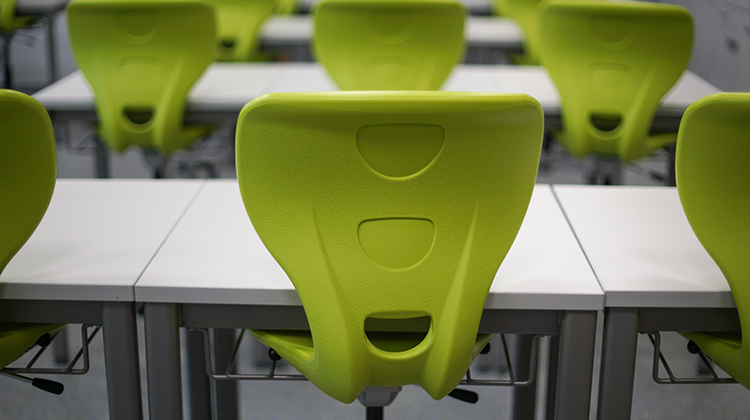PISA's keys to school performance

It looks like the effectiveness of schools lies in listening to what the students have to say about them and moderation is more when it comes to time spent in class.
24–27 hours per week for language-of-instruction, mathematics, science and foreign-language lessons, rather than 20 hours or less or 39 hours or more seems to work best.
Students' feedback is key if schools are to perform at a high level, schools that sought written feedback from students can identify where they are falling short and change accordingly. And the effect seems to be enduring regardless of students’ and schools’ socio-economic profile.
Feedback provides an incentive for teachers to improve their methods of instruction, especially if this feedback is in written form. Written feedback can give students agency, and a belief that they can influence their own learning while strengthening schools’ and teachers’ sense of accountability.
Parents can access student assessments to inform themselves about their child’s progress and to identify aspects of instruction/curriculum that could be improved.
The importance of parents’ involvement is illustrated by average reading scores in countries where more parents discussed their child’s progress on the initiative of teachers according to the PISA 2018 Results.
For every 10 percentage-point increase in the share of parents who discussed their child’s progress on the teachers’ initiative, the average reading score improved by 10 points on average across the 74 countries and economies with available data.
Schools taking the initiative to share the results of student assessments and discuss with parents their child’s progress is one way for schools to be accountable for their students’ learning.
To improve the quality of the education they provide, high-performing countries/economies find a balance between school autonomy and more centralised accountability measures.
Countries and economies with greater equity in education often have regular consultations on school improvement at least every six months. Schools are responsible for ensuring their students’ learning by developing and disseminating written standards of student performance.
In high-performing countries/economies, implementation of a standardised policy for reading-related subjects taught at school (including a school curriculum with shared instructional materials, and staff development and training) tends to be mandatory and regulated at the district or national level, while schools encourage and make available teacher mentoring on their own initiative.
Some other characteristics of effective schools include more students attending pre-primary school for three years or more.
Ability grouping in classes in all subjects is less prevalent, while ability grouping in classes in some subjects is more prevalent and there are more teachers who are fully certified and fewer students per class.
In high performing systems there is little difference between the material resources in disadvantaged and advantaged schools.
Schools have more digital devices, such as data projectors, and computers that are connected to the Internet with sufficient speed and that have sufficient computing capacity, and have an effective online learning support platform.
More schools have sufficient Internet speed and bandwidth and schools schedule time to discuss instructional materials using digital devices.
In high performing school systems more schools provide a room where students can do their homework and staff who help students with their homework.
Schools provide extracurricular activities, such as band, orchestra or choir, lectures or seminars (e.g. guest speakers, such as writers or journalists) and work with local libraries.